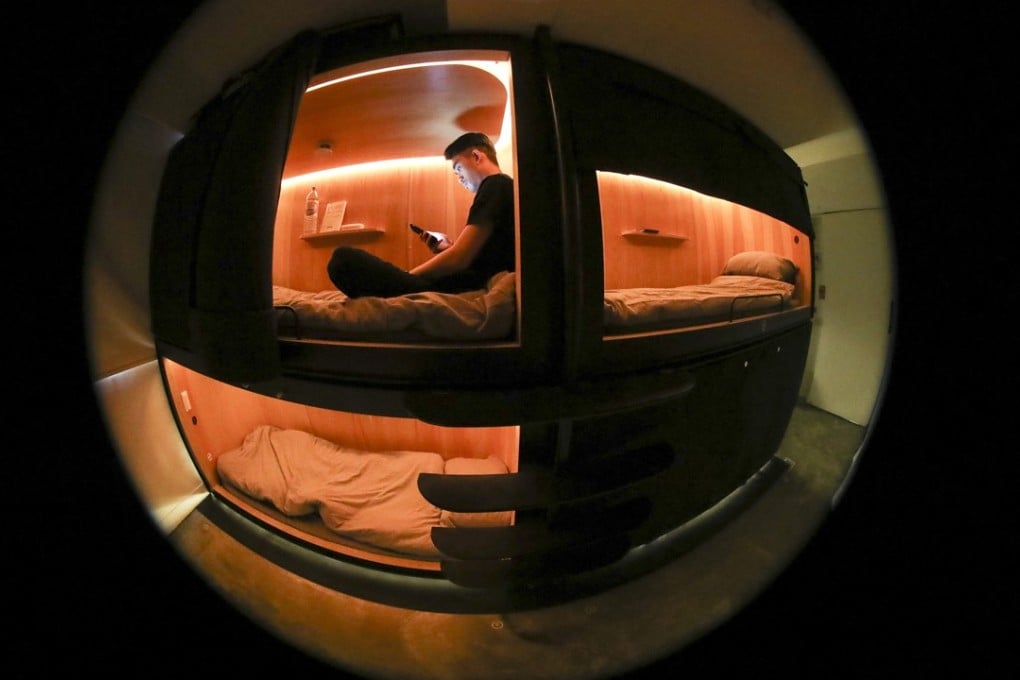The Harvard graduate behind Hong Kong’s first capsule hotel Sleeep on the importance of shut-eye in a dynamic city
‘Recharge stations’ designed by Sleeep, a company Jun Rivers co-founded, might just be the antidote to over-tiredness

“We believe that in fast-paced, information-overloaded cities, quality sleep can take us further in our professional and personal lives by revitalising our bodies, sharpening our minds, enhancing creativity and strengthening resilience.

“Inspired by the Japanese architecture movement known as Metabolism, during which the capsule concept was invented, the Sleeep hotel was the proof of concept. Our aim is to build ‘recharge stations’ with SLPers in different parts of the world, enabling people to take a good nap without having to be at home or in a hotel room.”
Who’s sleeping in the capsules? “A mix of backpackers, travellers in transit and city workers in between shifts. A capsule may be booked for 24 hours, or in blocks for as little as 45 minutes [costing HK$99], which is the most popular time slot.”
Tell us about the SLPer design. “The capsule is metal-skinned with a wooden interior. A shock-absorbent rubber outer layer helps insulate from outside sound, and there’s a blackout felt curtain for privacy. Smart technologies embedded in the capsule include eclipse lighting aligned to the body’s natural circadian rhythm, soothing yet inaudible ‘white noise’ to reduce distractions and aid falling asleep, and automatically adjusted temperature control. Users can also adjust the airflow to optimise their sleep experience.”